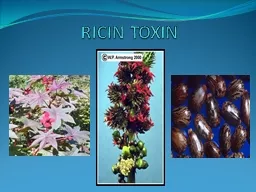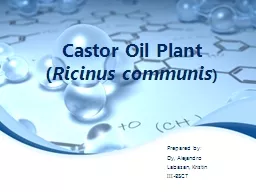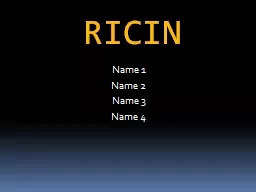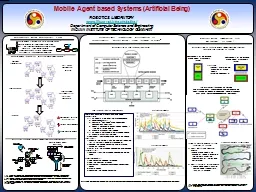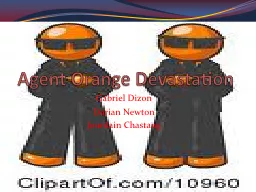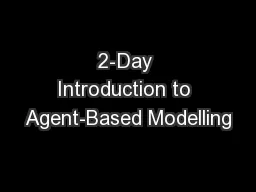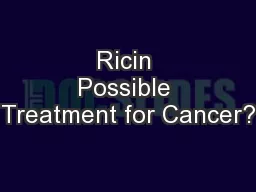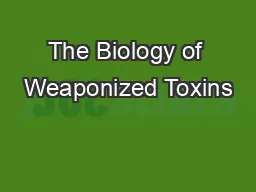PPT-RICIN Agent Specific Training
Author : kittie-lecroy | Published Date : 2018-10-30
Ricinus communis Castor bean plant The castor bean plant known as Ricinus communis is native to Africa but is found in warm climates all over the world Used as
Presentation Embed Code
Download Presentation
Download Presentation The PPT/PDF document "RICIN Agent Specific Training" is the property of its rightful owner. Permission is granted to download and print the materials on this website for personal, non-commercial use only, and to display it on your personal computer provided you do not modify the materials and that you retain all copyright notices contained in the materials. By downloading content from our website, you accept the terms of this agreement.
RICIN Agent Specific Training: Transcript
Download Rules Of Document
"RICIN Agent Specific Training"The content belongs to its owner. You may download and print it for personal use, without modification, and keep all copyright notices. By downloading, you agree to these terms.
Related Documents

